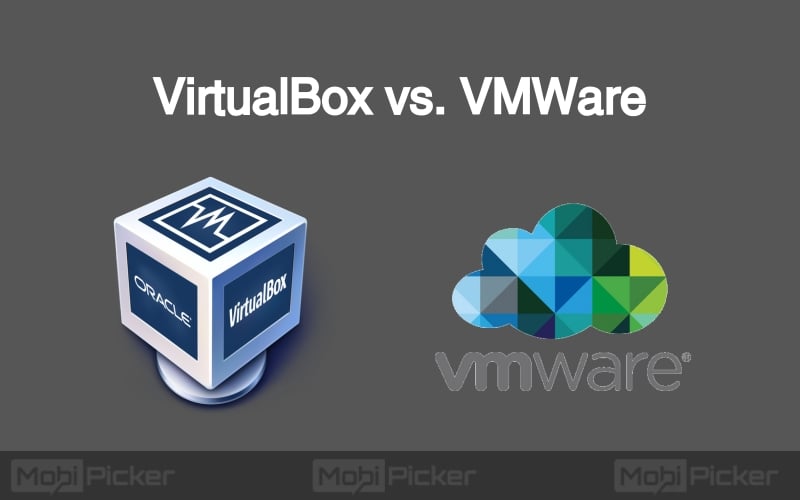

I don't think you can get it to boot the windows partiton as in its live state. However, VMware had this feature where you can create a bootable vhd image from a real windows machine. I plan on giving the vm the smallest partition available.

Manjaro had about 700gigs allocated to it using f2fs filesystem so it should be smooth. My laptop had a core i5 8250U with 8 gigs of ram. I have no experience installing either on manjaro.
#Vmware vs virtualbox 2016 install#
I believe VMware also has such feature but it's called unity mode.Īnyways, which one is easier to install in manjaro and which one is faster and less taxing on a laptop? I am also wanting to do the VirtualBox seamless thing. Maybe I can somehow trick the Asus battery health Stat program but I think you'd need something else like a bypass vm or something. You can also try /r/linuxquestions or /r/linux4noobs here on Reddit. If you are not getting timely or accurate help here, please ask again in one of the fora listed in the sidebar. From the: Manjaro FAQĪlthough we will try to give support, we just don't have the breadth or depth of the official forum. How is 'Manjaro' Pronounced? As in Mount Kilimanjaro, which was the inspiration for the name. as well as a selection of realtime kernels. There are builds for ARM devices like Raspberry Pi, Odroid etc. Community releases include Enlightenment (E17), OpenBox, Mate, FluxBox, Cinnamon, LXDE, LXQt, & Deepin. Official releases include Xfce, KDE & Gnome as well as a minimal net-edition. It provides all the benefits of a rolling release distro and includes a user-friendly installer, tested updates that try very hard to not break your system and a community of friendly users for support. Manjaro is a GNU/Linux distribution based on Arch Linux.


 0 kommentar(er)
0 kommentar(er)
